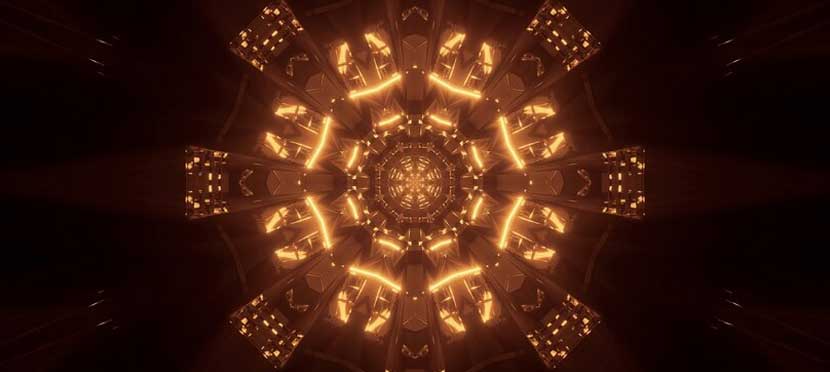- +91 97865 56777
- nadirajesh2007@gmail.com
- Vaitheeswarankoil, Mayiladuthurai

A yantra is a form, simple or complex, towards a particular purpose, providing human beings with a source of supreme knowledge. Yantras are tools for meditation, mantra recitation, and prayer, helping to focus on intentions harmoniously and channel the universe's energy into the body.People can create yantras using various materials, including metal such as copper plate, wood, glass, cloth, and paper. They can be simple geometric forms or patterns with thousands of interlocking parts.Yantras trace back to the Vedic period in India (c. 1500-500 BCE), originating in India over 5,000 years ago. The Vedas, the sacred texts of Hinduism, were the first book to mention them. Yantras were initially used as a tool for ritual worship and later became associated with a mystical diagram and magical spell.The use of yantras spread throughout Asia and eventually to the West. In the 20th century, they became popular among new-age spiritual seekers and hippies. Today, people of all faiths and backgrounds use yantras to connect with the divine energy of the universe.
After understanding the origins of yantras, it's pivotal to explore their historical and cultural significance. This journey unveils how yantras have transcended their initial spiritual purpose, influencing various aspects of life across different cultures and epochs.
Ancient Practices and Rituals: Yantras, rooted in ancient wisdom, were integral to rituals in Vedic India. They were not merely symbols but tools for connecting with higher consciousness. Their use extended into Buddhist meditation practices, used by Buddhist monks, where they aided in focusing the mind and achieving spiritual awakening.
Symbolism in Different Cultures: While originating in India, yantras found resonance in diverse cultures across Asia. In each culture, these sacred geometries took on unique interpretations, reflecting local spiritual beliefs and practices. Their arrival in Western cultures in the 20th century marked a new era of spiritual exploration, where yantras were embraced by various new-age movements.
Evolution Over Centuries: The evolution of yantras is a tale of spiritual ingenuity. Over centuries, from the Vedic period to medieval India, and into the modern era, the designs and purposes of yantras have morphed. Initially central to religious rituals, they gradually became symbols of meditation and self-realization, adapting to the changing spiritual landscapes.
Influence on Architecture and Art: Yantras have left a lasting impact on architecture, most notably in Southern India. Here, temples are often constructed in the shape of yantras, embodying spiritual concepts in their very design. The influence of yantras extends into various art forms, where their intricate designs inspire patterns and motifs.
Yantra is made and then prayers are done infront of the yantra. Yantras are kept in the house. Its Vibrations are there. But more than Yantras is your meditation. If You do meditation, then yantras are made in your body
Yantras are geometrical patterns made of several figures like squares, circulars, triangles, lotuses, and points. They typically have three parts: the Bindu, the Shringara, and the Chakra.
Bindu :Traditional yantras have the Bindu as the central point of the yantra. It is said to be the symbolic representation of the original form, known as ellipsoid or linga. The Bindu is a dot, circle, or point in the center of the yantra. The starting point of the Bindu to the outer square represents universal evolution.
Triangle : Yantras often include either a downward-pointing triangle (feminine) or upward-pointing triangle (masculine).
Hexagram: Hexagrams are two triangles intertwined, representing the union of masculinity and femininity.
Circle : Yantras will often representation by including three circles in the center.
Outer Square : Yantras sometimes include inner or outer squares, representing the four directions of the earth.
Pentagram : Pentagrams are often incorporated into yantras, with the number five’s association with Kali.
Octagon : Yantras sometimes have octagons to represent the eight different directions.
The Shringara is the creative energy that flows out from the Bindu. Lines or petals represent the Shringara, radiating from the central point. The chakra is the outermost part of the yantra, depicted as concentric circles, squares, and floral patterns.